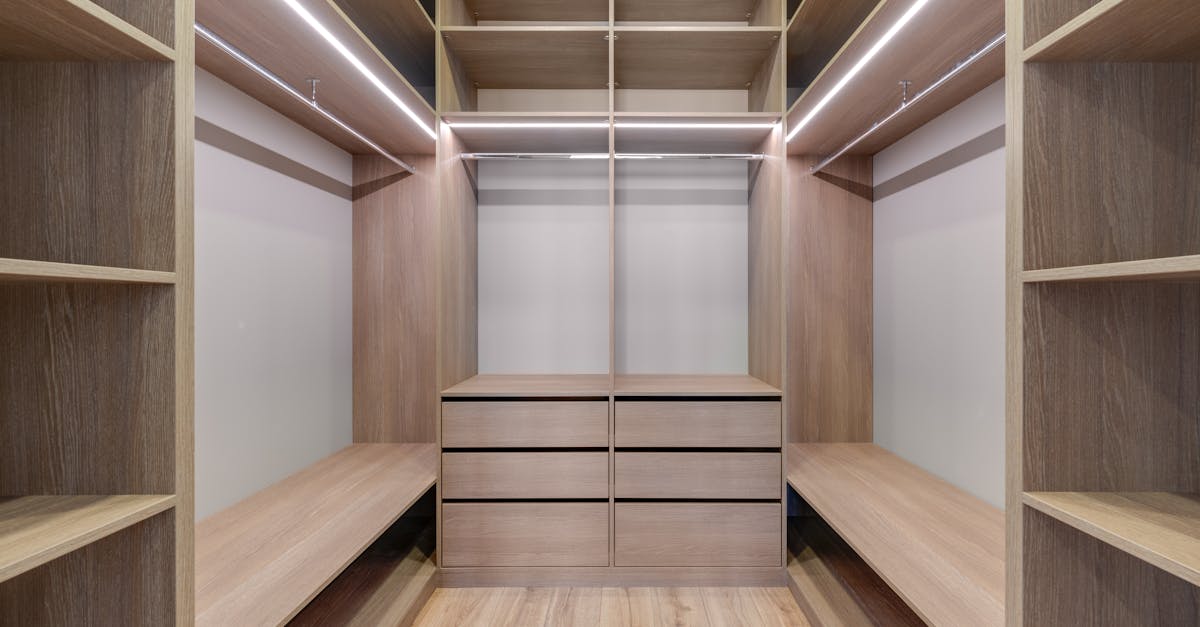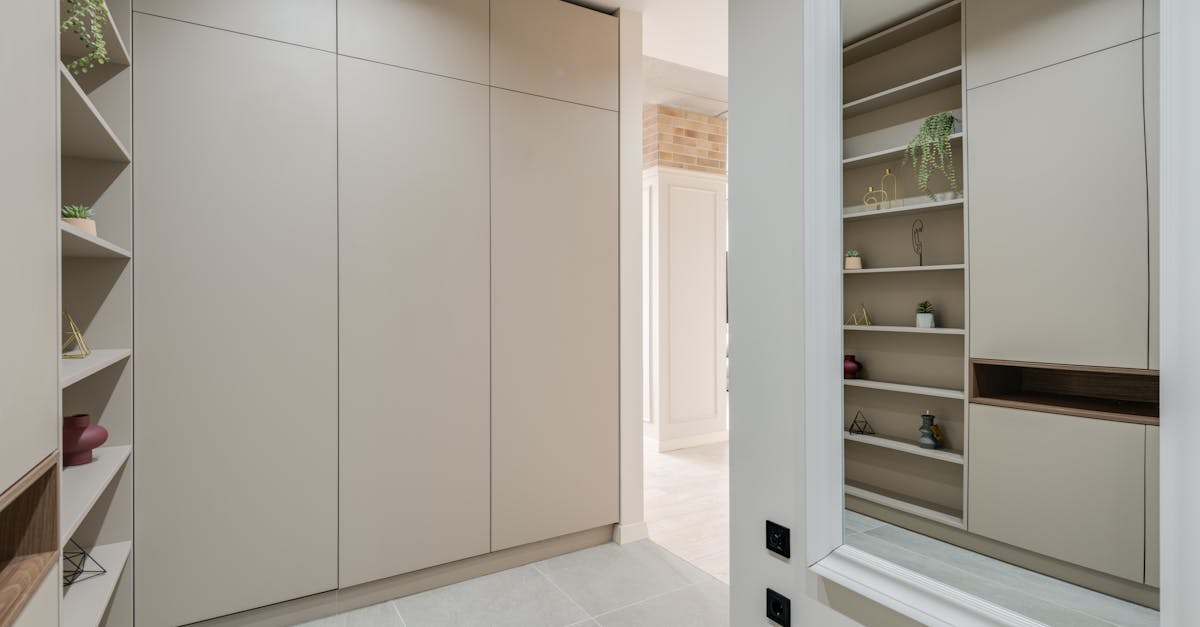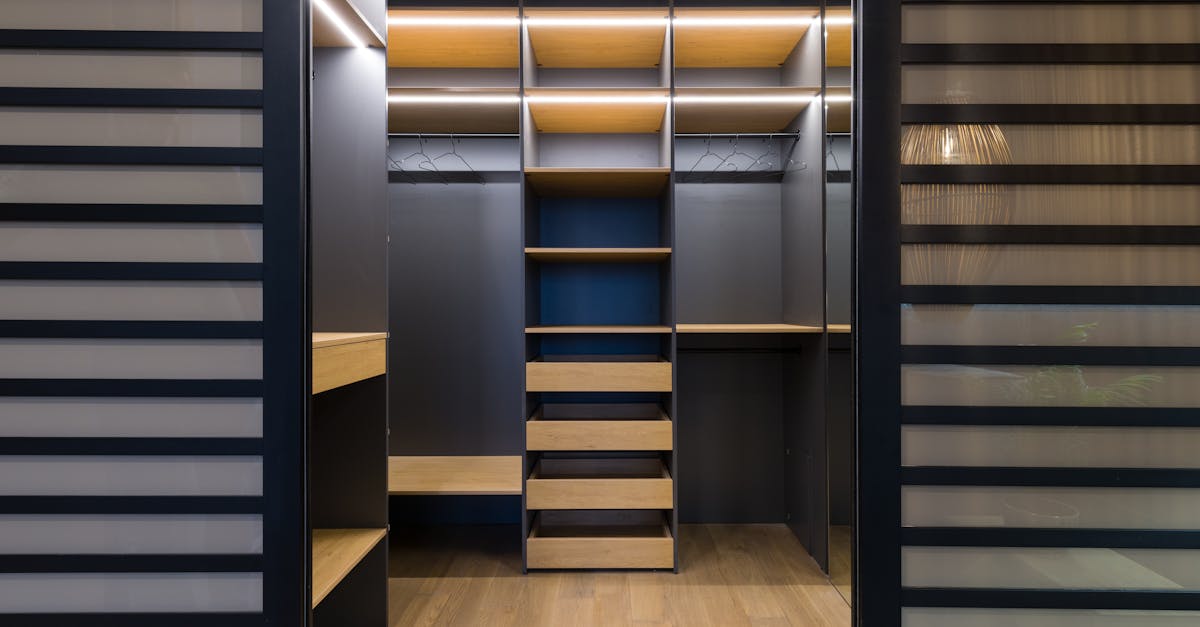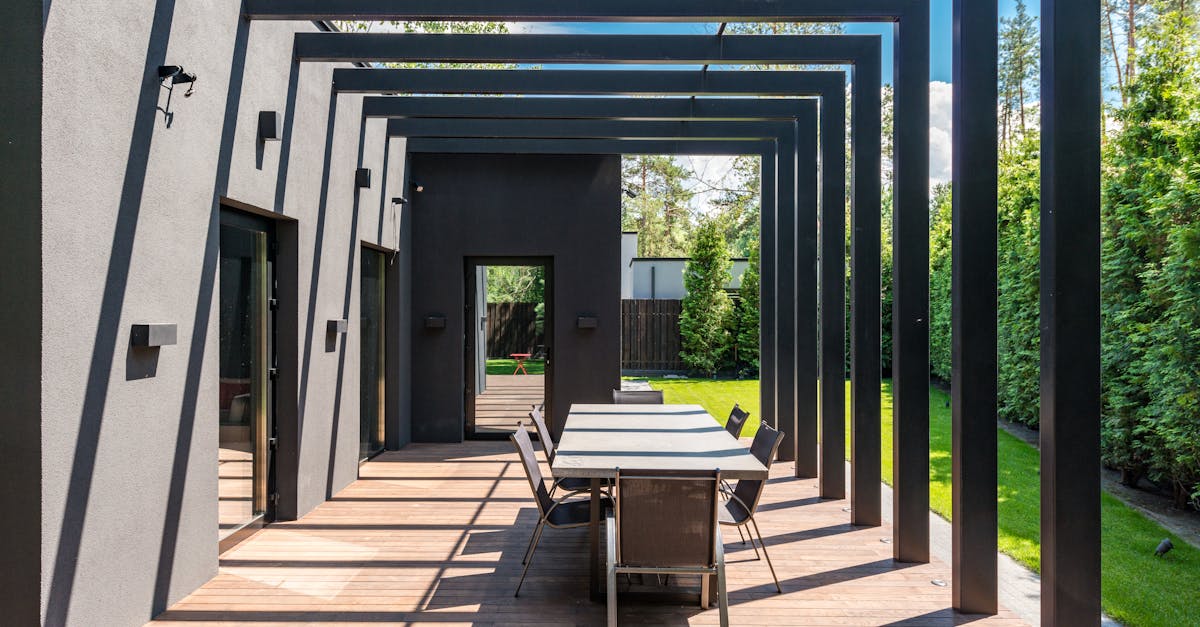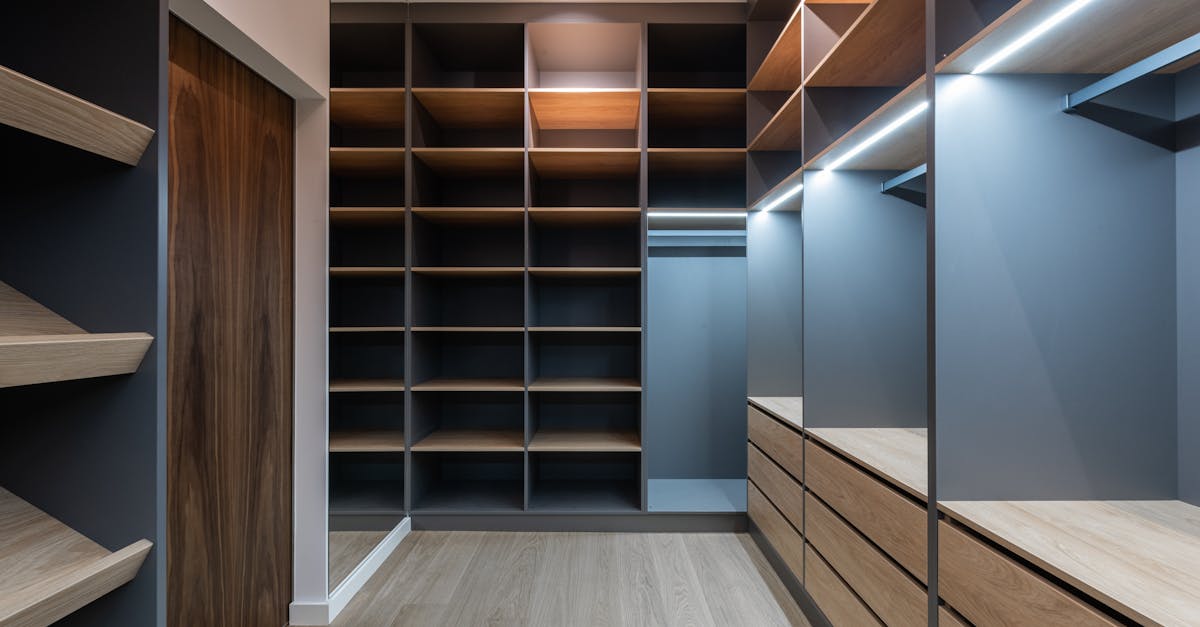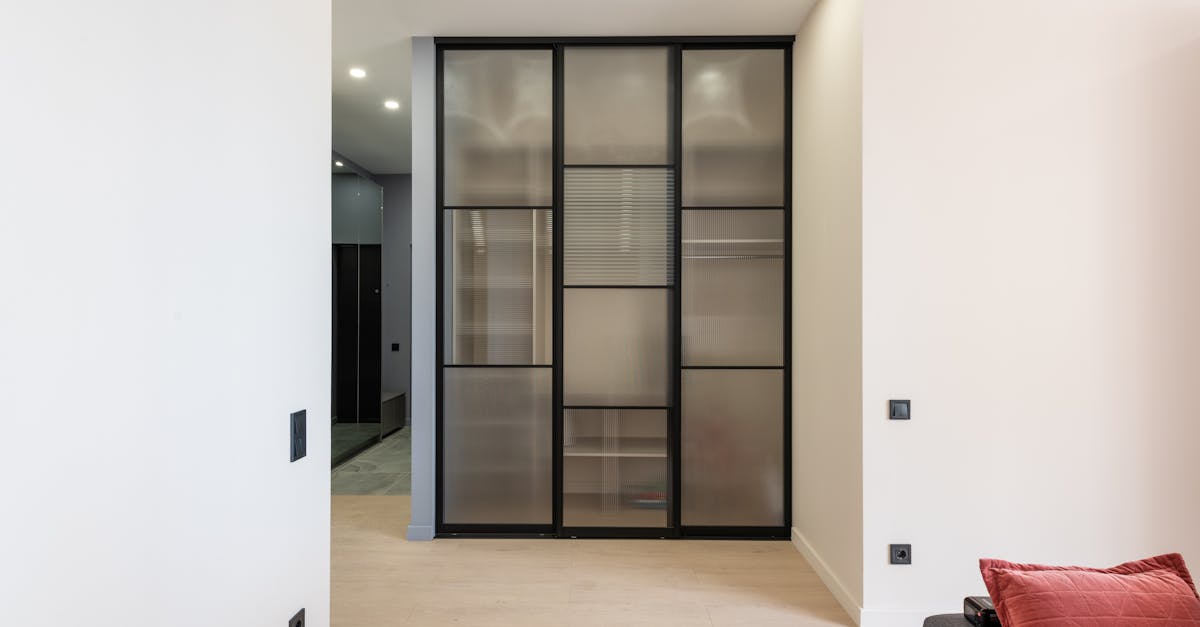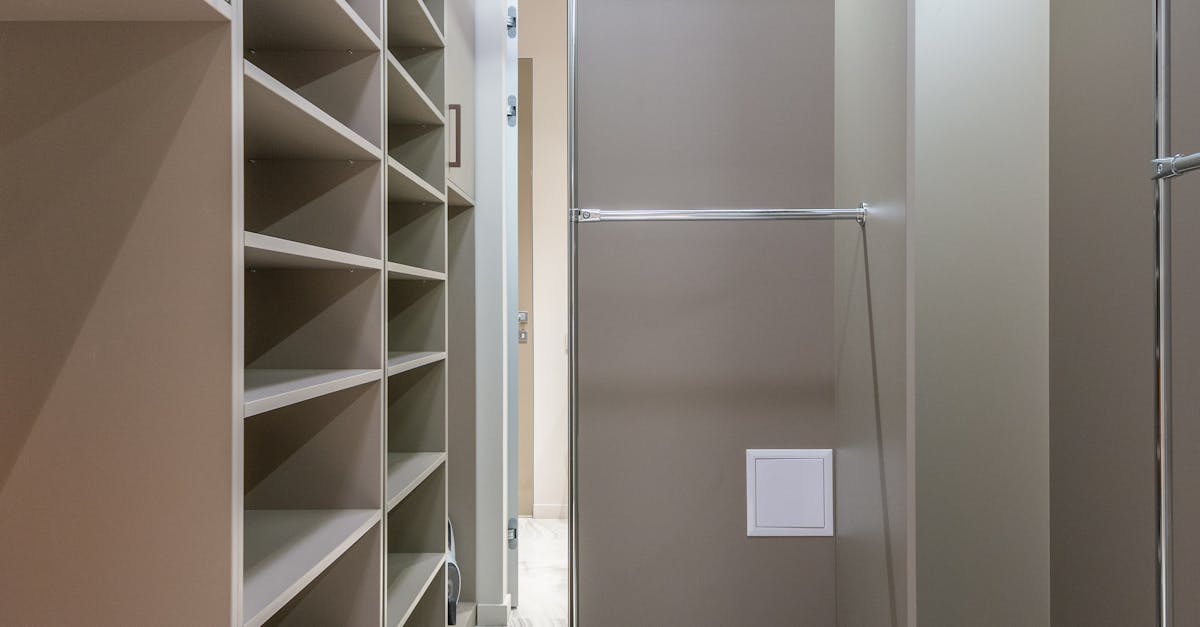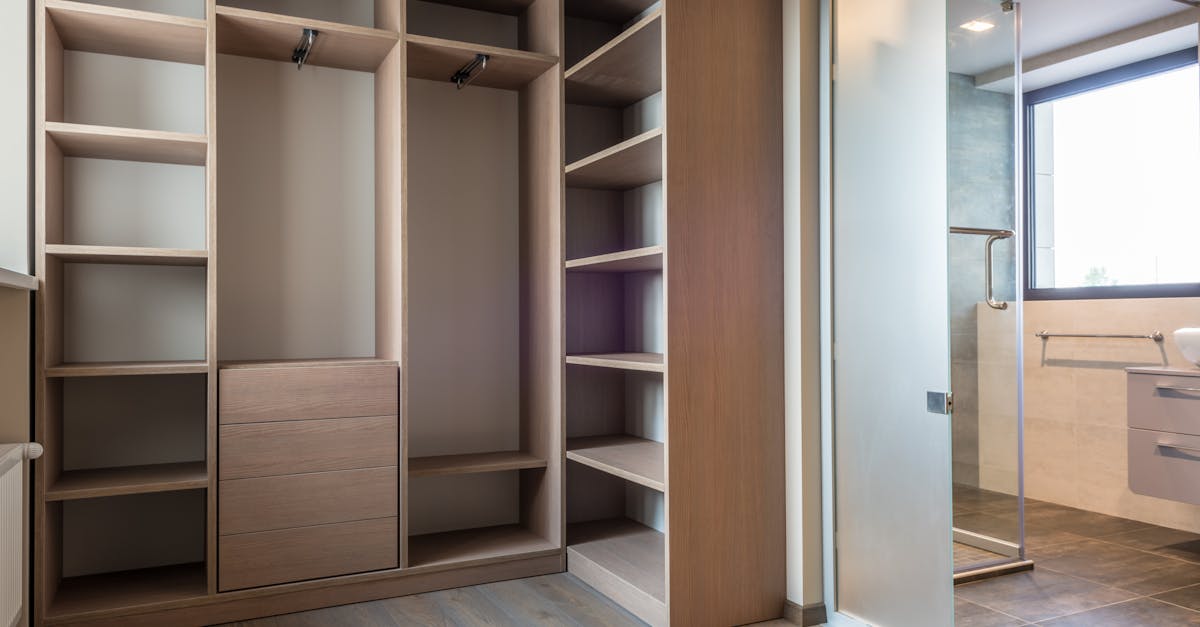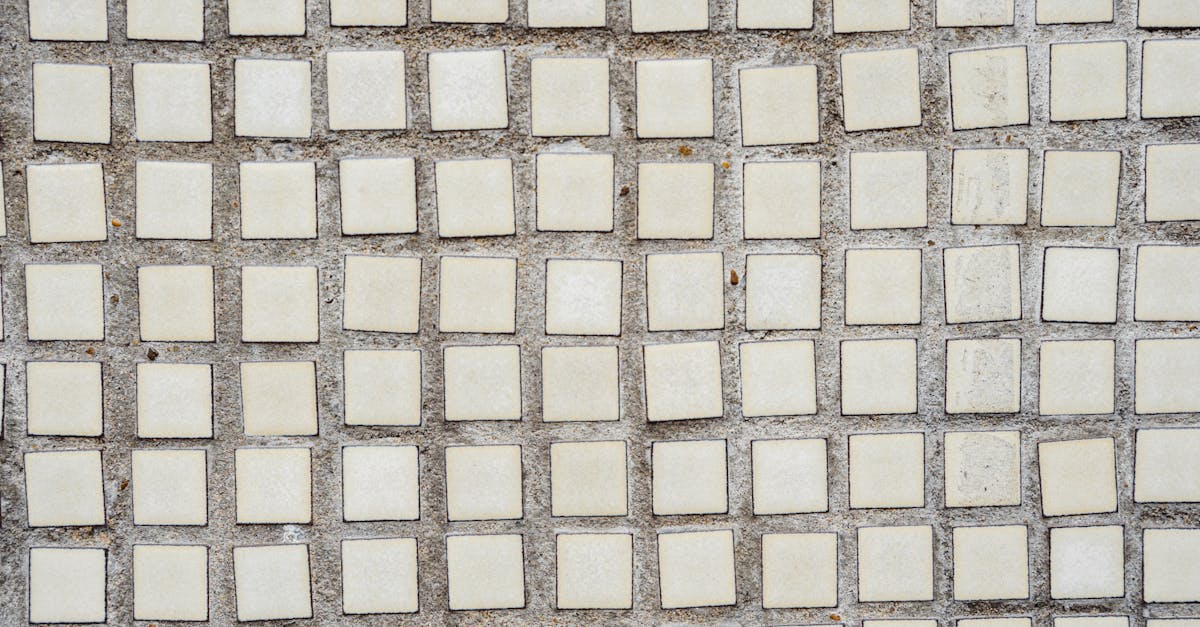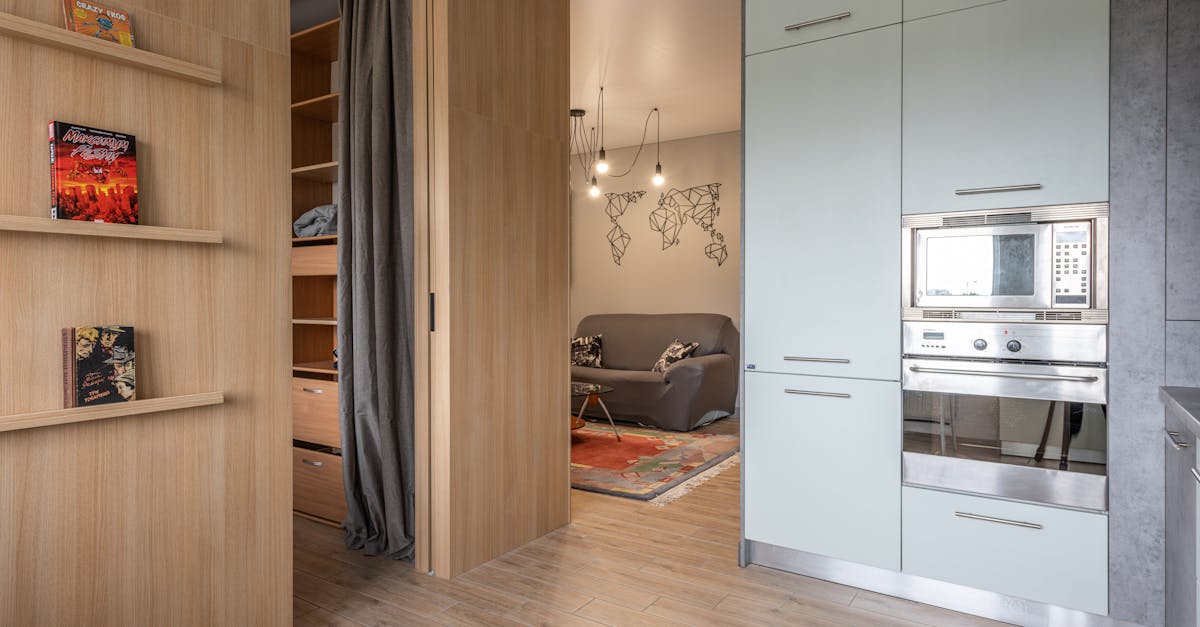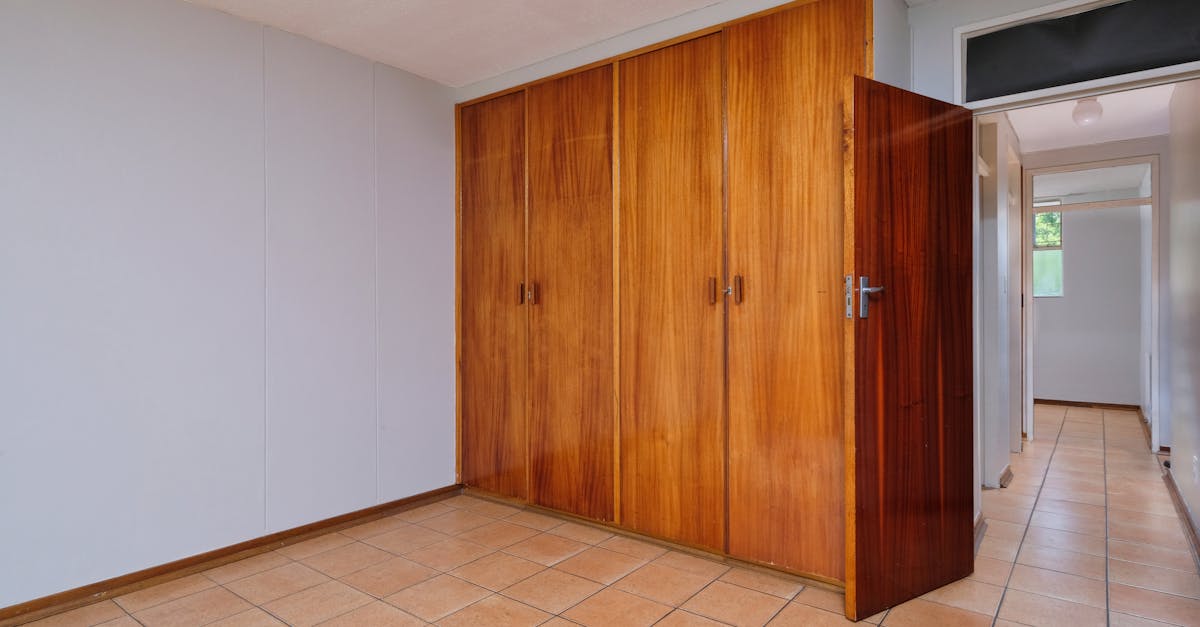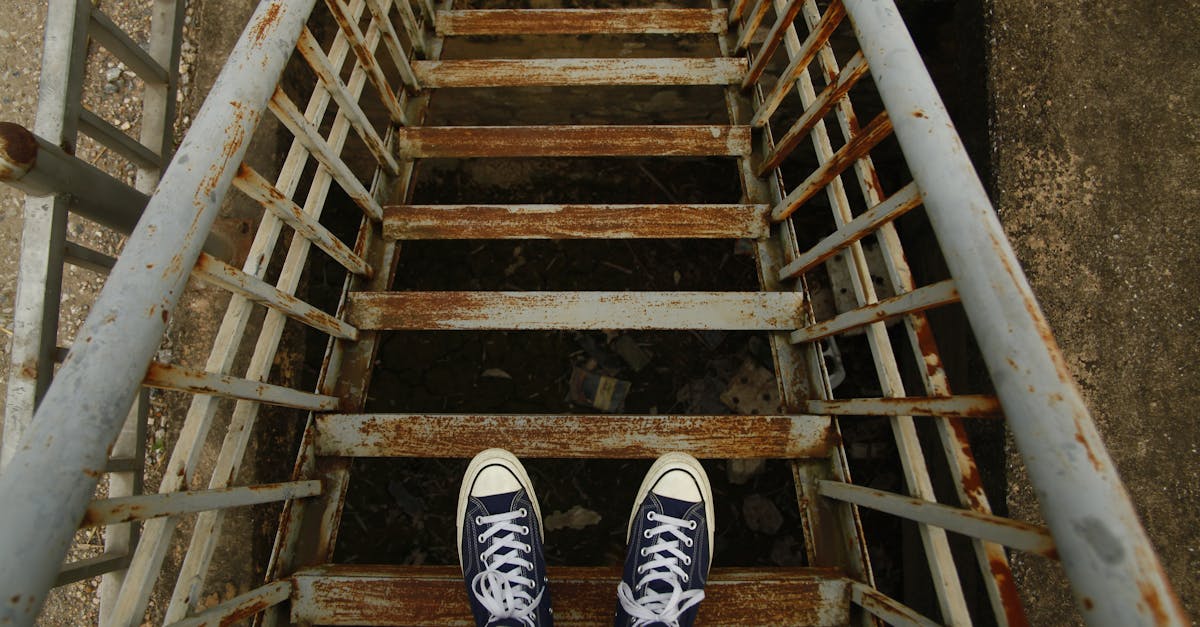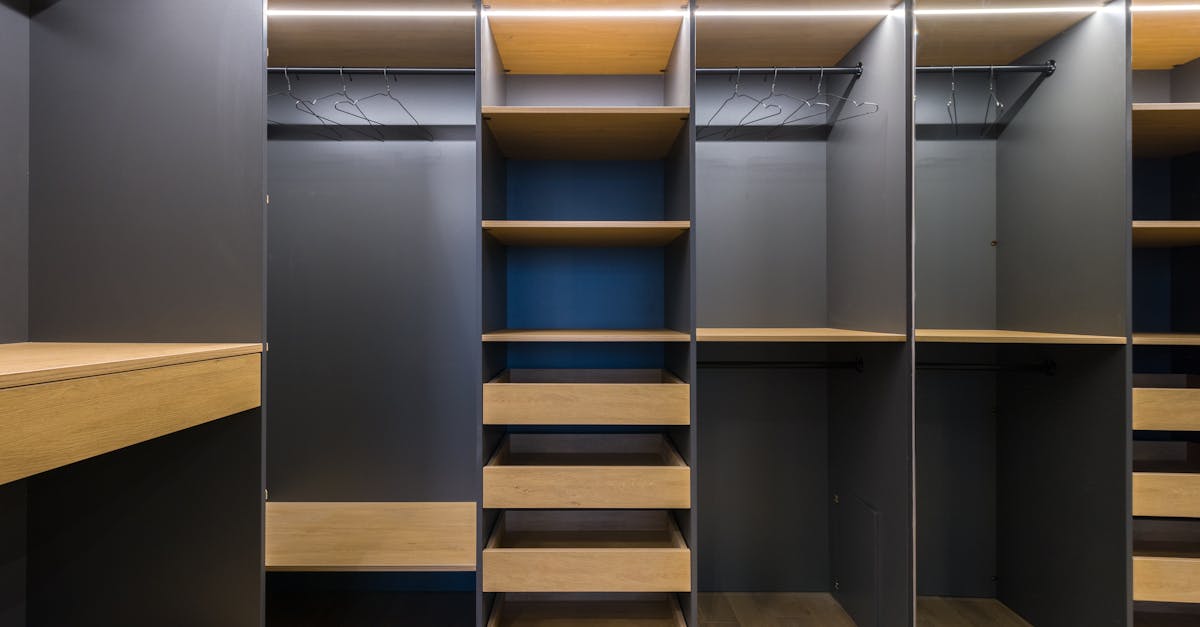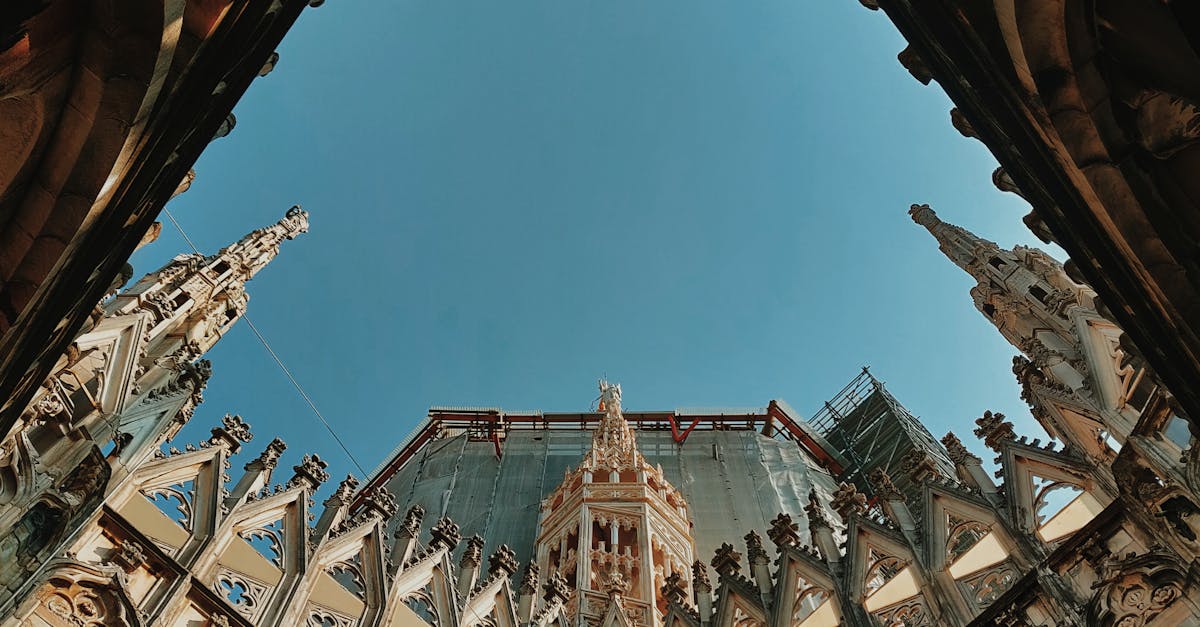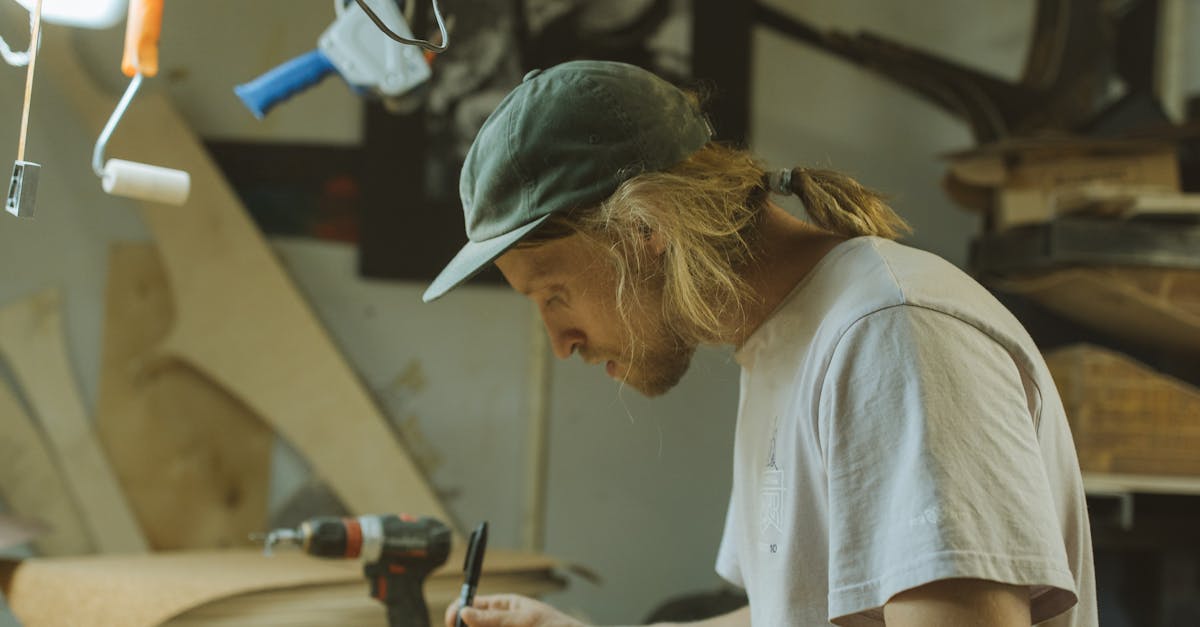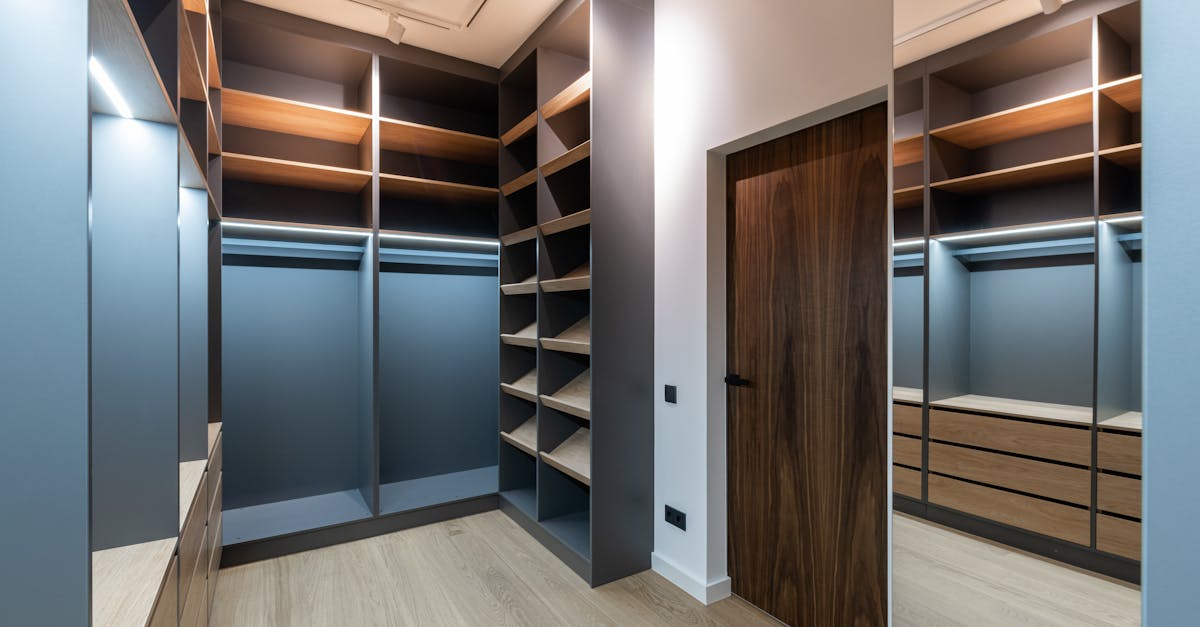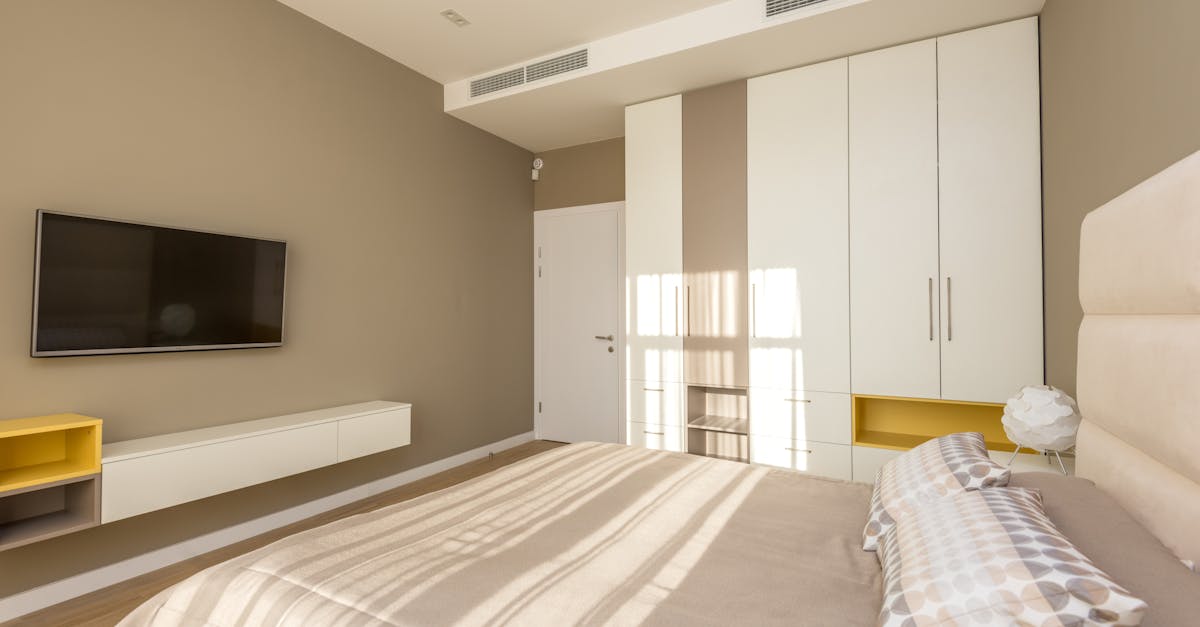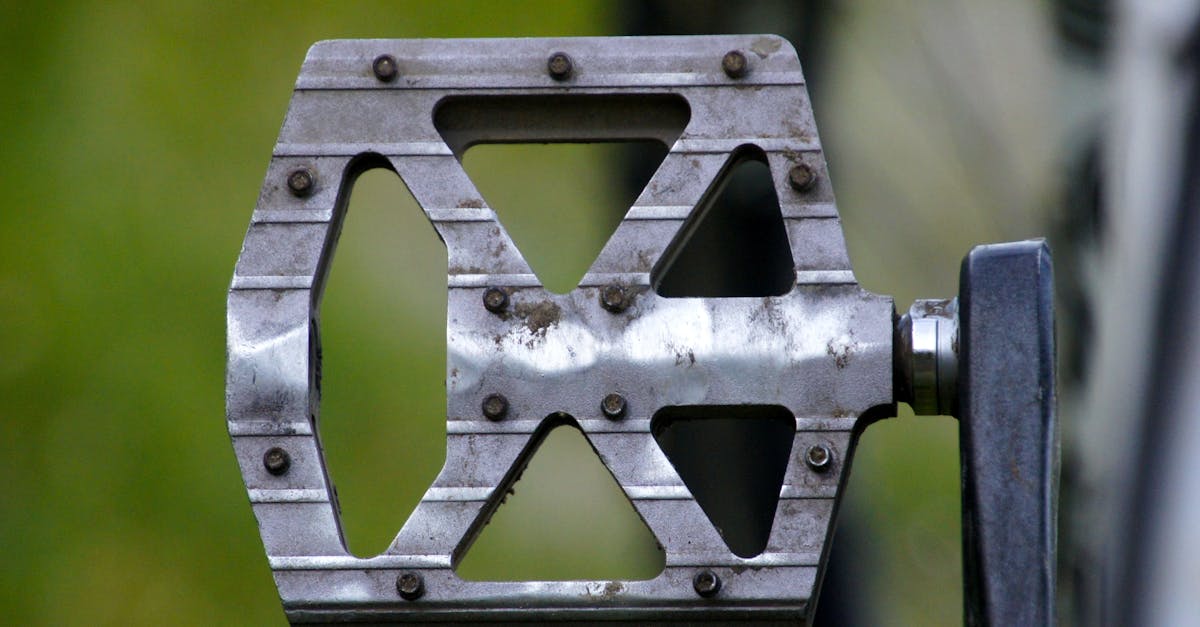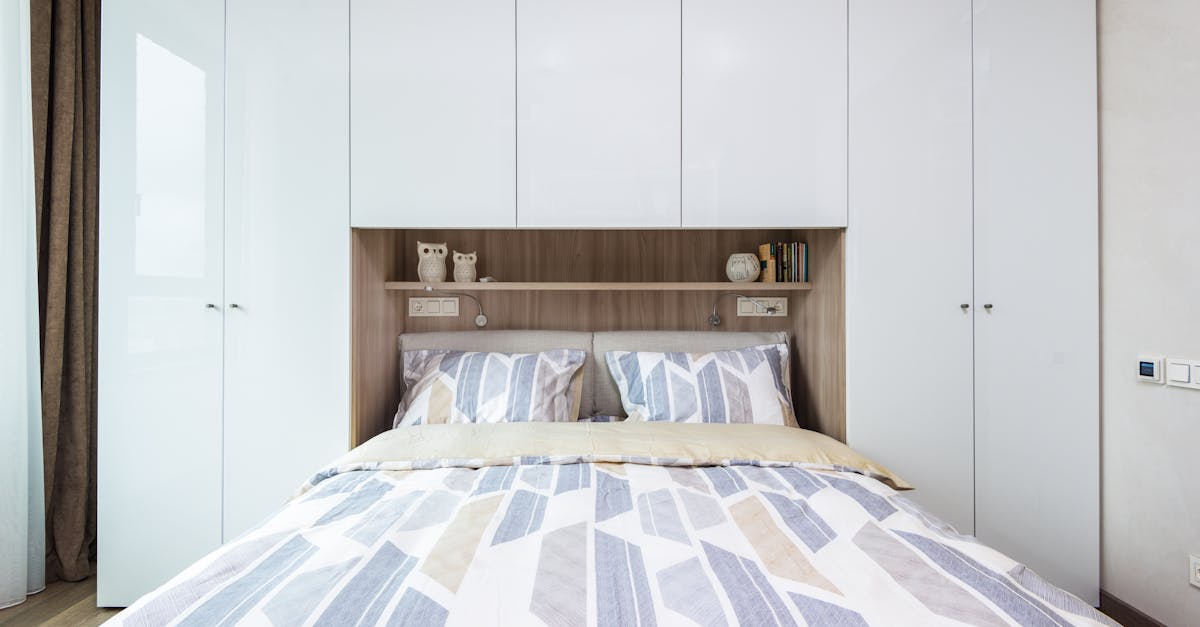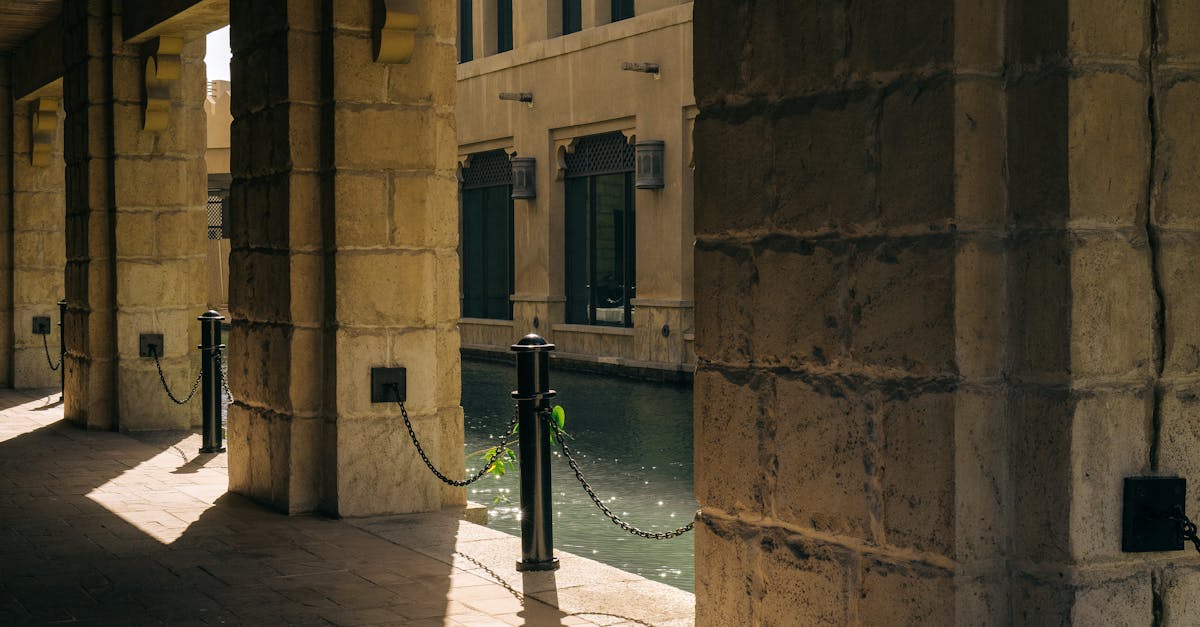
Table Of Contents
Involving Children in the Design Process
Involving children in the design process of built-in wardrobes can enhance their sense of ownership and satisfaction with the final product. Start by engaging them in discussions about what they would like to see in their wardrobe. Allowing them to express preferences regarding colors, styles, and organizational features fosters creativity and helps them feel more connected to the space. Participation can also lead to practical insights; children might have ideas on how they want to store their items that adults might overlook.
As the design progresses, encourage children to make choices that reflect their personalities. This can include selecting playful elements like fun knobs, decorative patterns, or themed sections for specific items. Integrating their preferences into the built-in wardrobes transforms a functional piece of furniture into a personalized retreat for their belongings. Making design decisions together not only enhances the wardrobe's functionality but also strengthens the bond between parent and child.
Encouraging Personalization and Ownership
Allowing children to have a say in their built-in wardrobes can foster a sense of ownership and pride. This can be achieved by involving them in the decision-making process from the start. Letting children choose colors, patterns, or decorative elements makes the space feel uniquely theirs. Incorporating features like chalkboard surfaces or magnetic panels can provide them with ways to express their creativity, transforming the wardrobe into a personal canvas.
Personalization extends beyond mere aesthetics. Incorporating customized storage solutions that reflect the child's hobbies and preferences enhances the functionality of built-in wardrobes. For example, designing compartments specifically for toys, books, or sports equipment ensures that everything has its place. This not only helps keep the bedroom organized but also encourages children to take responsibility for their belongings, reinforcing a positive approach to ownership.
Planning for Growth and Change
Children’s needs can change rapidly as they grow. Designing built-in wardrobes with this in mind can prevent the need for frequent renovations. Include adjustable shelves and rods that can be repositioned as needed. This flexibility ensures that the wardrobe adapts to new clothes, toys, and interests over time.
Incorporating modular elements allows for easy expansion. Open storage can accommodate items of various sizes, while drawers can be added or removed as the child’s storage requirements evolve. By considering these aspects during the design phase, built-in wardrobes can remain functional and relevant, providing a lasting solution that meets the changing needs of growing children.
Flexible Designs for Evolving Needs
Flexible designs are essential for accommodating a child's changing needs. Built-in wardrobes can be tailored with adjustable shelving and hanging rods, allowing parents to modify the space as the child grows. When young children transition into their teenage years, their storage requirements shift, necessitating more space for clothes, accessories, and school supplies. A well-planned wardrobe design can adapt over time, ensuring that the storage remains functional and relevant.
Incorporating multifunctional elements makes built-in wardrobes even more versatile. For example, including pull-out drawers and foldable sections can enhance usability. Additionally, creating zones within the wardrobe encourages organization, making it easy for children to find and put away their belongings. These features not only respond to the immediate needs of a child but also prepare the wardrobe for future demands as preferences and interests evolve.
Utilizing Vertical Space Efficiently
Utilizing vertical space effectively is crucial when designing child-friendly built-in wardrobes. Vertical storage solutions, such as tall shelves or cabinets, help maximize the available space while keeping items organized. Parents should consider adjustable shelving options to accommodate various items, from toys to clothing. This flexibility allows the wardrobe to evolve alongside the child's needs, ensuring it remains functional as they grow.
Incorporating hanging solutions is another effective method for enhancing vertical space in built-in wardrobes. S-hooks, garment bags, or tiered hangers can create a more efficient system for storing clothes and accessories. Organizing items in this way not only keeps the wardrobe tidy but also enables children to easily access their belongings. This approach fosters independence, allowing kids to take responsibility for their own space while promoting better organization skills.
Shelves and Hanging Solutions for Maximized Storage
When designing child-friendly built-in wardrobes, incorporating shelves and hanging solutions becomes essential for maximizing storage space. Adjustable shelves can be set at various heights to accommodate different items, making them accessible for children while also allowing for future customization as their needs change. Utilizing a mix of open shelving and closed storage options can help keep the space organized and visually appealing.
Hanging solutions play a crucial role as well. Incorporating lower hanging rods ensures that children can reach their clothes without assistance. Adjustable hooks and organizers can also be beneficial, providing spaces for bags, hats, and accessories. Together, these elements create a functional wardrobe that grows with the child’s wardrobe and fosters independence.
FAQS
What are the benefits of involving children in the wardrobe design process?
Involving children in the design process helps them feel a sense of ownership and responsibility for their space. It encourages creativity and allows their preferences and needs to be considered, making the wardrobe more functional and enjoyable for them to use.
How can I encourage my child to personalize their wardrobe?
You can encourage personalization by allowing your child to choose colors, patterns, or themes for the wardrobe. Incorporate removable decals, fun drawer knobs, or even a bulletin board for displaying artwork and photos to enhance their sense of ownership.
Why is it important to plan for growth and change when designing a child’s wardrobe?
Children grow quickly and their needs can change as they develop new interests or hobbies. Planning for growth allows the wardrobe to adapt over time, ensuring it remains functional and relevant, saving you the need for a complete redesign in the future.
What are flexible design options for a child’s wardrobe?
Flexible design options include adjustable shelving, removable dividers, and modular components that can be reconfigured as your child’s storage needs evolve. This adaptability ensures the wardrobe can accommodate various items such as clothes, toys, and school supplies over time.
How can I maximize vertical space in a child’s built-in wardrobe?
You can maximize vertical space by installing high shelves for less frequently used items, using hanging organizers for accessories, and incorporating adjustable rods to accommodate different lengths of clothing. Utilizing a combination of shelves and hanging solutions will help optimize storage capacity.

